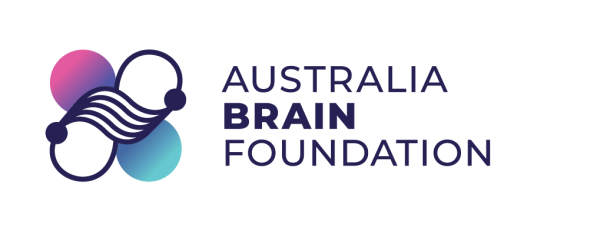TMS works by changing patterns of brain activity associated with mental health conditions. TMS is applied by a coil positioned above the head, and delivers magnetic pulses to a specific brain region.
The magnetic pulses can either increase or decrease activation of nerves in a brain region. The effect is that patterns of brain activity between brain regions associated with the mental health condition are normalised.
TMS has the most evidence for treatment of depression.
In treatment resistant depression (TRD), TMS has comparable efficacy to ECT and further medication trials. 1 ECT is used in the most severe cases of depression. Medication strategies involve trialling different types of medication or combining medications.
In a person with depression a large brain region called the dorsolateral prefrontal cortex (DLPFC) tends to be under-active in its communication with other brain regions that regulate mood.
TMS stimulates the DLPFC, which normalises its communication with the other brain regions. This effect is associated with the reduction of depression symptoms.2


All marketing related to ‘personalisation’, ‘accuracy’ and ‘reliability’ in these materials are based on the following ARTG listed devices: Localite TMS Navigator – Stereotactic neuronavigation/planning system – ARTG ID: 371108 Axilum Cobot for TMS – Transcranial magnetic stimulation system, mobile – ARTG ID: 370969 © 2023 Queensland Neurostimulation Centre as trading for Australia Brain Foundation. All rights reserved.